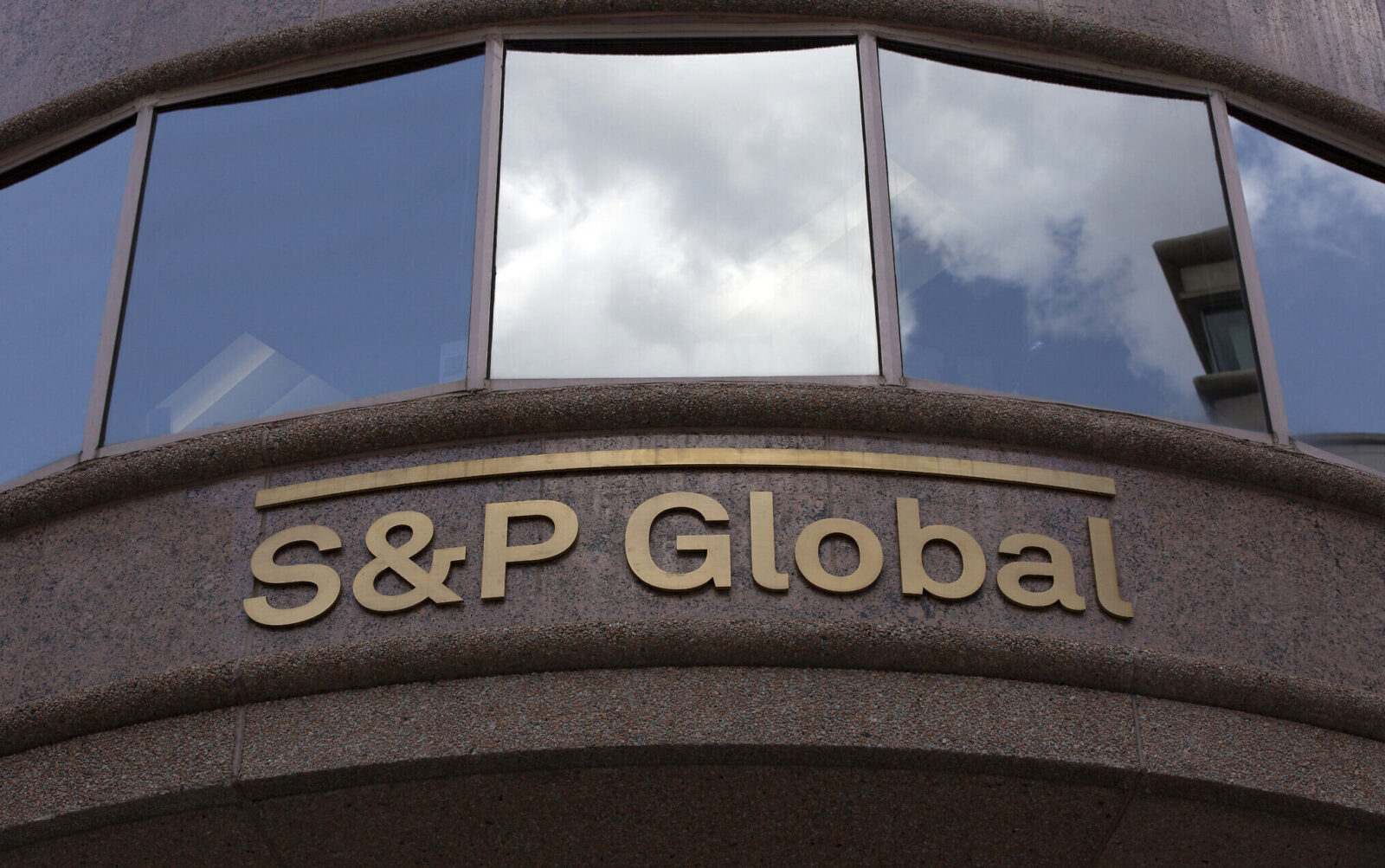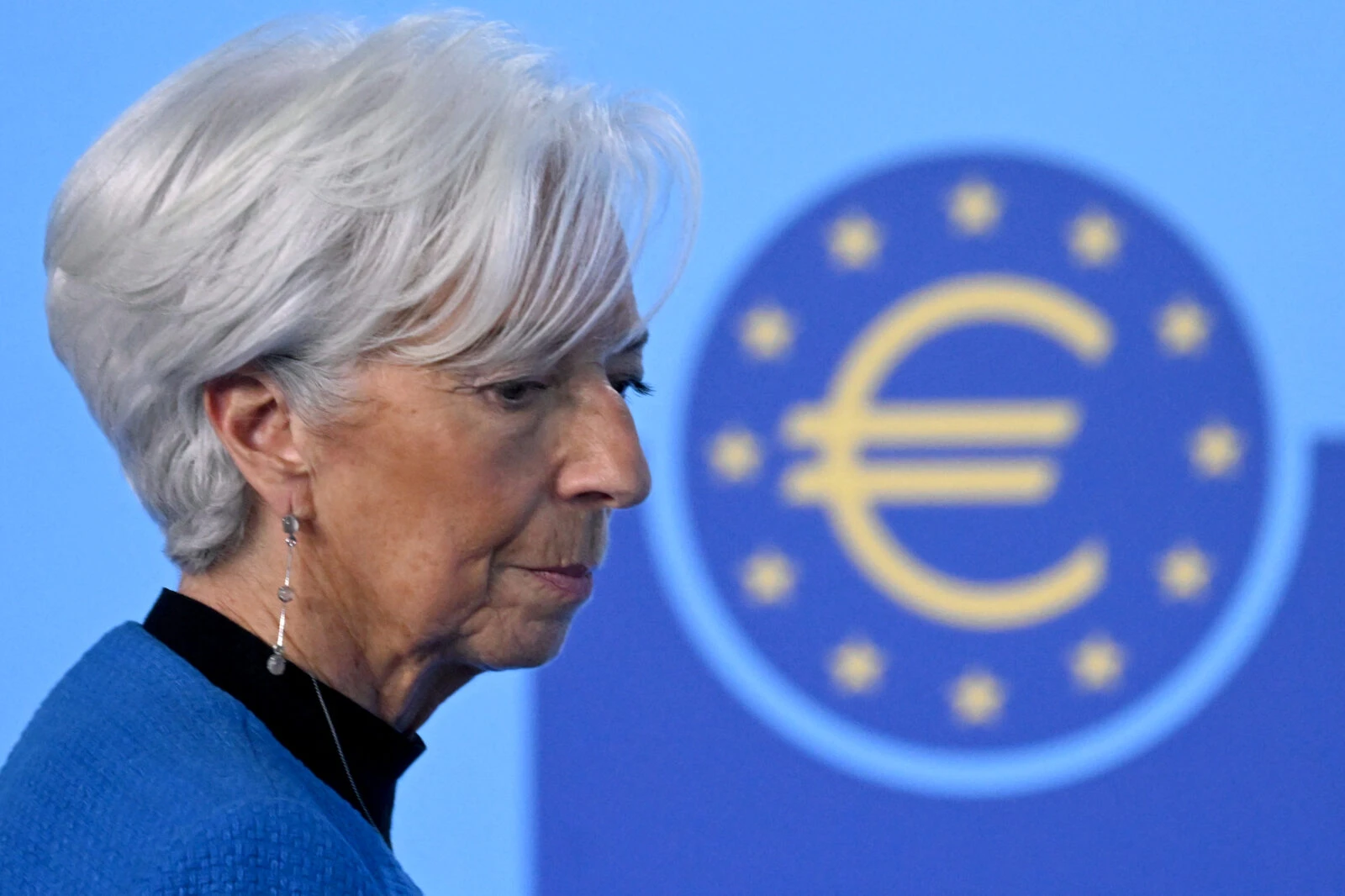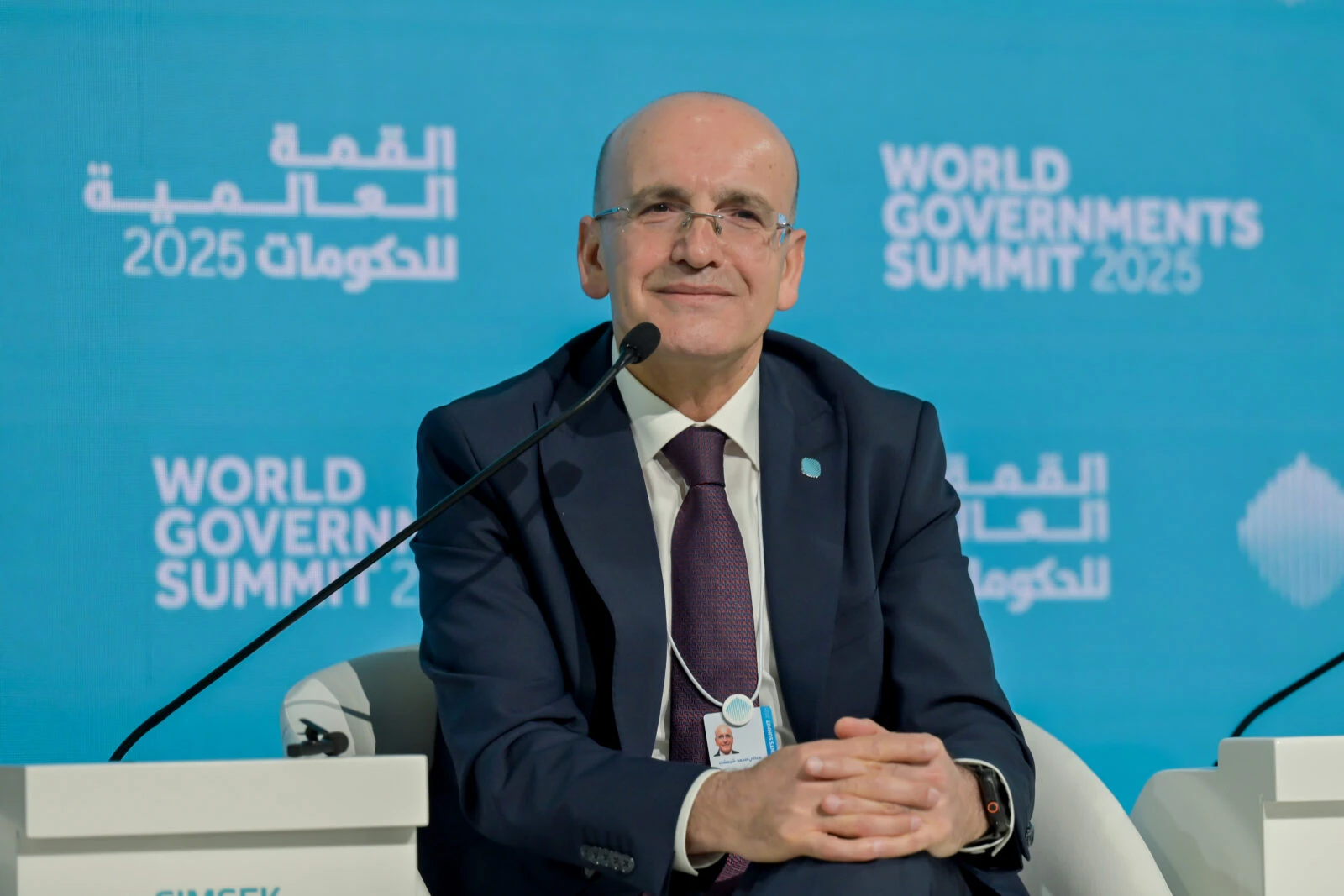Mounting economic strains: Inflation worries span continents
 Shopping becoming increasingly harder on families given inflationary constraints, Ankara, Türkiye, February 3, 2020. (AA Photo)
Shopping becoming increasingly harder on families given inflationary constraints, Ankara, Türkiye, February 3, 2020. (AA Photo)
Inflation is once again shaping the tone of global economics, leaving no region untouched, from Washington and London to Accra and Istanbul. In the United States, mounting trade tensions and growing doubts about economic management under the Trump administration have spooked investors. But what is happening in America is part of a broader pattern. Around the world, economies are feeling the pressure of rising prices, cooling growth, and shifting public expectations.
Situation in the United States
U.S. markets closed the quarter on edge, with the S&P 500 down 2 percent, marking what could be its worst three-month stretch since 2022. Investor concerns intensified after consumer sentiment data revealed a sharp drop to the lowest level in over two years. More worrying for policymakers, Americans now expect long-term inflation to average 4.1 percent annually over the next decade, the highest reading since 1993. Near-term expectations are even more elevated, with consumers predicting a 5 percent rise in prices over the next 12 months.
This comes at a time when the U.S. labor market, long a source of post-pandemic strength, appears to be losing some of its footing. Two-thirds of Americans now believe unemployment will rise over the coming year; the highest proportion since the aftermath of the global financial crisis in 2009. While these concerns are partly domestic, they mirror unease unfolding elsewhere.

European outlook on inflation
In Europe, inflation has cooled modestly but remains an unresolved challenge. The eurozone’s annual rate dropped to 2.3 percent in February, a slight retreat from the previous month. Countries like France and Spain have seen even more pronounced dips, with headline inflation in France at just 0.9 percent. These numbers have sparked speculation that the European Central Bank may begin easing its policy stance sooner than expected, though officials remain cautious.
The United Kingdom is seeing similar trends. Inflation fell to 2.8 percent in February, helped by discounts in clothing and consumer goods. As expectations shift, pressure is building on the Bank of England to consider cutting interest rates, particularly with households still grappling with years of lost purchasing power.

Complex picture surrounding Türkiye
Türkiye presents a more complex picture. Historically prone to inflation, the country had made significant progress in stabilizing prices in the early 2000s. But like many others, Türkiye was not immune to the post-pandemic inflation surge. Supply chain disruptions, energy market shocks, and currency fluctuations pushed inflation back into public consciousness.
Yet in recent months, the government and central bank have moved decisively to restore credibility. A firmer monetary policy stance, along with broader efforts to strengthen trade balances and attract investment, has begun to shift perceptions. Observers in financial circles have cautiously welcomed these steps, viewing them as signs of a more anchored, policy-driven approach to economic management.

Looking out elsewhere
Elsewhere, Ghana offers a stark contrast. Despite a slight dip in inflation to 23.1 percent in February, the central bank raised interest rates by a full percentage point, bringing its benchmark rate to 28 percent. This reflects the tougher choices many African economies face; limited fiscal space, weakening currencies, and rising food prices have left central banks with few easy options.
In Asia, the picture is more varied. Japan and South Korea, two countries accustomed to ultra-low inflation, are now facing slow but noticeable price pressures. India continues to manage a delicate balance, tweaking fuel subsidies and trade policies to manage inflation without stalling growth. China’s inflation remains subdued, but broader concerns about the real estate sector, youth unemployment, and geopolitical risks are dampening investor sentiment.
Global markets are responding in real time to all this uncertainty. Gold prices have surged to new records, a classic signal of investor anxiety. At the same time, analysts are beginning to talk more openly about the risk of stagflation, a combination of stagnant growth and persistent inflation. If that scenario takes hold, the policy toolkit becomes more limited, and the political cost much higher.
Investment strategies are already shifting. With volatility rising, advisors are favoring sectors like utilities, energy, consumer staples, and healthcare; areas that tend to weather inflationary periods better than others.
Looking ahead, projections suggest global inflation could ease to around 4.1 percent by the end of 2025. That forecast hinges on multiple assumptions; steady monetary tightening, improving supply chains, and no major policy shocks. But that is a fragile bet. Tariffs, geopolitical events, or a sudden shift in commodity prices could send inflation upward again with little warning.
What we are witnessing is not a single inflation story, but several unfolding at once, some easing, others just beginning. Countries like Türkiye, attempting a pivot toward more predictable policy, highlight the importance of long-term thinking and institutional discipline. Meanwhile, others are still navigating crises under far more constrained conditions.
There is no universal solution to inflation, but the direction of global policy matters. More coordinated action, smarter fiscal strategies, and political clarity, especially from major economies, will be key to preventing inflation from becoming a permanent drag on recovery. Until then, caution remains the defining mood of global economic affairs.
About the author: Muruvvet Sunhiran writes about financial and international issues.



